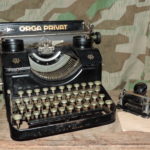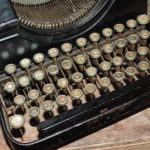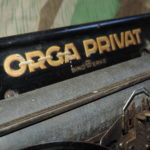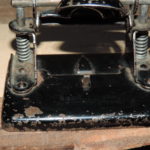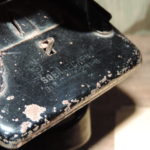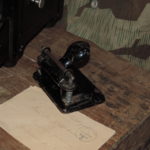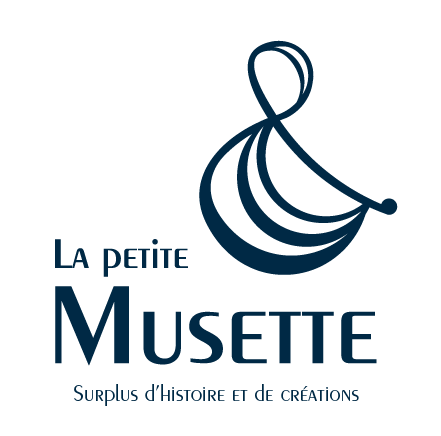by Bertrand Froger | 22 May 2017 | Collections, Places, To be visited, WW2 News
European night of the Museums
Annual and unconditional event for all those animated by cultural passion, the Night of Museums is an event not to be missed. Indeed, one evening in the year and all over the continent, the sites that wish to open their doors free, at reduced rates, while proposing many animations. The opportunity to visit a museum, a battery of artillery or any other memorial in a particular context and arousing an additional interest for the discovery of a place but in an environment changing from that habitual.
Visit of the Airborne Museum
On the occasion of the European Night of Museums, the Airborne Museum of Sainte-Mère-Eglise opened its doors until 11 pm last night. A varied program was proposed to visitors: a complete night tour of the site including the new temporary exhibition dedicated to Bastogne, embarkation and guided tour of the C-47 Argonia, plays offered by schoolchildren on the Normandy landing. It was the opportunity to enjoy the beauty of a site constantly evolving in a different atmosphere.
by Bertrand Froger | 10 May 2017 | Collections, Historical events, Life of soldiers
The M1 Garand: A gun that enters the Legend
The clips of 8 Cal.30 cartridges comes to supply the first semi-automatic rifle of the US army: the M1 Garand. The production of these clips was such that most of those produced during the Second World War were actually used by reconditioning with post-war ammunitions in the various American and other armed forces. However, reliable and robust, the M1 Garand will be used throughout the world thereafter, and for decades. Thus, many clips will be remanufactured. This alphabetical list will allow you to no longer have you. In Bold, you will find the apparent marking on the clip, followed by its origin. The words “WWII” will be entered if the clips are produced during this period, otherwise “Post WWII”. Failure to do so will help to maintain doubt and the list may evolve. The term “trade” indicates a commercial contract for distribution other than in the army.
List of Manufacturing of clips for M1 GARAND
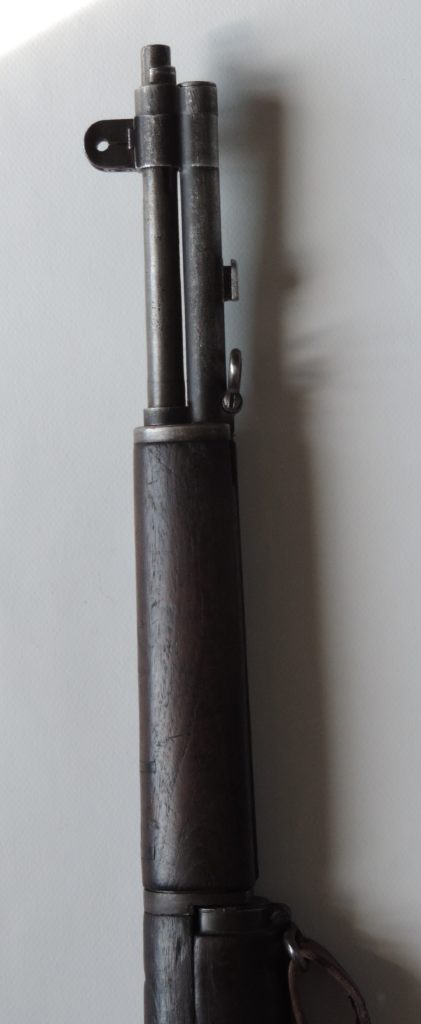
1 – Springfield Armory – Springfield, MA, USA (before WWII and WWII)
58 and 59 – Nationalist China (POST WWII)
ACE 2 – Aggressive Engineering Corp – Anaheim, CA, USA (Military Contract)
AEC 2 – Aggressive Engineering Corp – Anaheim, CA, USA (Trade)
AEC 3 – Aggressive Engineering Corp – Anaheim, CA, USA (Tradee)
AGE 1 – Aggressive Engineering Corp – Anaheim, CA, USA (Military Contract WWII)
AGE 2 – Aggressive Engineering Corp – Anaheim, CA, USA (Military Contract POST WWII)
AMP – All Metal Products – Wyandotte, MI,USA (WWII)
AMP 1 – All Metal Products – Wyandotte, MI,USA (WWII)
BLM – Barry L Miller Eng Inc. – Irvine, CA, USA (WWII)
BW – Borg Warner – Spring Division,Bellwood, IL, USA (WWII)
B-W 1 to B-W 10 – Borg Warner – Spring Division,Bellwood, IL, USA (WWII)
BR-W 1 to BR-W 8 – Borg Warner – Spring Division,Bellwood, IL, USA (POST WWII)
C – Springfield Armory – Springfield, MA, USA (before WWII and WWII)
C – Lerio Patent Cup Co. – Mobile, AL, USA (WWII)
C* – Lerio Patent Cup Co. – Mobile, AL, USA (WWII) CMP 3 – Aggressive Engineering Corp – Anaheim, CA, USA (Trade POST WWII)
Danly – Danly Machine Co – Chicago, Il, USA
DAQ – Dominion Arsenal Quebec – Quebec (POST WWII)
f – Fedder’s Manufacturing Co.- Buffalo, NY, USA (WWII)
fB – Fedder’s Manufacturing Co.- Buffalo, NY, USA (WWII)
fC – Fedder’s Manufacturing Co.- Buffalo, NY, USA (WWII)
fD – Fedder’s Manufacturing Co.- Buffalo, NY, USA (WWII)
fE – Fedder’s Manufacturing Co.- Buffalo, NY, USA (WWII)
fF – Fedder’s Manufacturing Co.- Buffalo, NY, USA (WWII)
HA – Haerens Ammunitions Arsenal – Copenhagen, Denmark (POST WWII)
IS – International Silver – Meriden, CT, USA (WWII)
IS1 to IS5 – International Silver – Meriden, CT, USA (POST WWII)
IMI – Israel Military Industries – Ramat Hasharon, Israël
JMO 68 – Julius Maurer – Oberstein, Allemagne (POST WWII)
JMO 69 – Julius Maurer – Oberstein, Allemagne (POST WWII)
JMO 70 – Julius Maurer – Oberstein, Allemagne (POST WWII)
JMO 71 – Julius Maurer – Oberstein, Allemagne (POST WWII)
JMO 72 – Julius Maurer – Oberstein, Allemagne (POST WWII)
JMO 74 – Julius Maurer – Oberstein, Allemagne (POST WWII)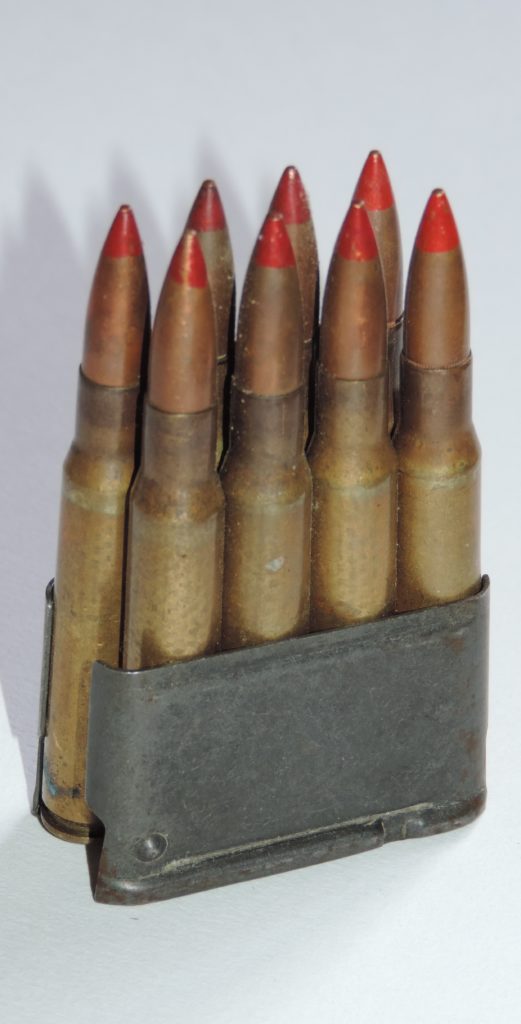
L&H 81 – Italy or Denmark (POST WWII)
LP 1955 – Italy (POST WWII)
LP 1956 – Italy (POST WWII)
LP 1961 – Italy (POST WWII)
MAS – Manufacture D’Armes de St Etienne – Saint Etienne, France (POST WWII)
MBZ – Murik & Ball Zeist – Pays-Bas (POST WWII)
MFT – Metaalwaren Fabrik Tiburg – Pays-Bas (POST WWII)
NW – Northwest Metal – Seattle, WA, USA (WWII)
O – Springfield Armory – Springfield, MA, USA (before WWII and WWII)
RW – R Wallace & Sons – Wallingford, CT, USA (WWII)
S – Stanley Works – New Britain, CT, USA (WWII)
S (in a circle) – ?
SA (Big) – Springfield Armory – Springfield, MA, USA (WWII)
SA (small) – Springfield Armory – Springfield, MA, USA (POST WWII)
SA (dash over) – Springfield Armory – Springfield, MA, USA (POST WWII)
SA (dash over and under) – Springfield Armory – Springfield, MA, USA (POST WWII)
S.F. – Serini France (POST WWII)
SW – Stanley Works – New Britain, CT, USA
TF&S – Thomas French & Co – Manchester, United Kingdom
5mm hole – Austria (POST WWII)
W1 to W6 – R Wallace & Sons – Wallingford, CT, USA (WWII)
WEP – Wade Electric Products – Sturgis, MI , USA
WEP1 à WEP5 – Wade Electric Products – Sturgis, MI , USA (WWII)
WRA – Winchester Repeating Arms – New Haven, CT, USA (WWII)
WRA Educational – Winchester Repeating Arms – New Haven, CT, USA (WWII)
by Bertrand Froger | 11 Apr 2017 | Collections, Discoveries, Life of soldiers
Offices in the German army
We will never repeat it enough, all military equipment is not necessarily green and does not look like a helmet or a weapon. As evidenced by these two office accessories, there are other witnesses of the Second World War passing more unnoticed. These two elements are actually a Bing-Werk typewriter and a perforator, left behind by the soldiers of the Werhmacht following the collapse of Normandy in the west of the Cotentin in the summer of 1944. After they moved, these two administrative tools were recovered on site and then stored by inhabitants of the region. It remains, however, an enigma about the origin and function of theses offices from which they come from? kommandantur? Headquarters of a unit? Military hospital? … Anyway, they are still two witnesses of an era not so far away, saved from a certain destruction.
History and Technology
The typewriter presented is an Orga Privat model from Bing-Werk whose name and initials can be seen on several parts of the machine. This series begins to be produced during the 1920s, the market demanding more efficient tools and at modest prices. Bing-Werk is a well-known German firm, known mainly for the toy industry. The patent number applied using a decal on the reverse allows to confirm a production around the years 1920/30. The keyboard in “QWERTZU” indicates a manufacture for Germany (in the absence of an AZERTY keyboard for France, or QWERTY for many English-speaking countries). “QWERTZU” is actually the order of appearance of the first 7 keys of the keyboard. As regards the perforator, this is a Soennecken and is not dated, however it is marked DRGM (Deutsches Reichsgebrauchsmuster) before a short patent number (231-8). This mention DRGM indicates a production located between 1891 and 1949 (between 1945 and 1949, under allied occupation, the use of the DRGM is continued although the Reich was annihilated) and the number confirms a production of the 30s. Two elements of offices which will complement a German administrative scenario.





